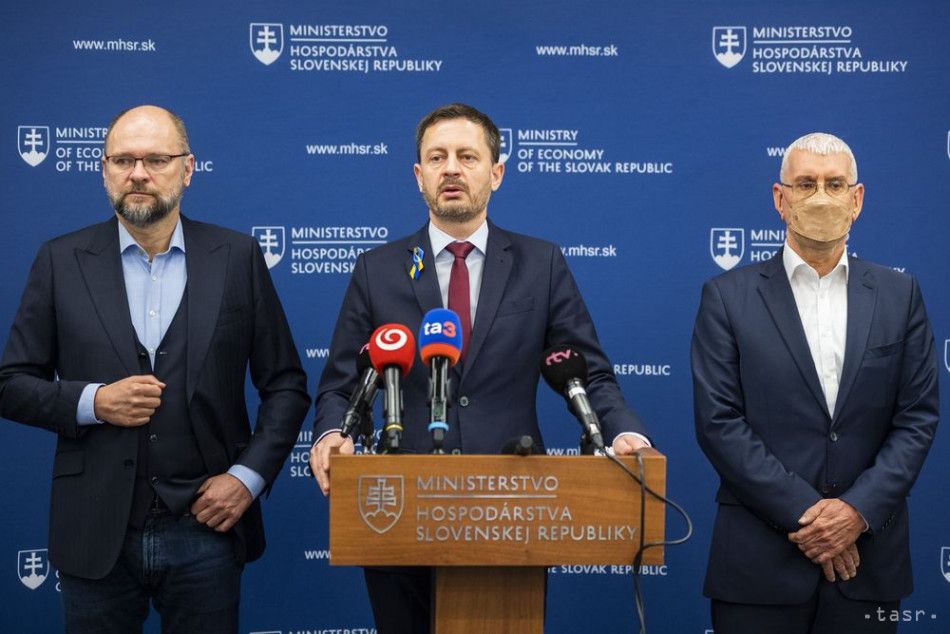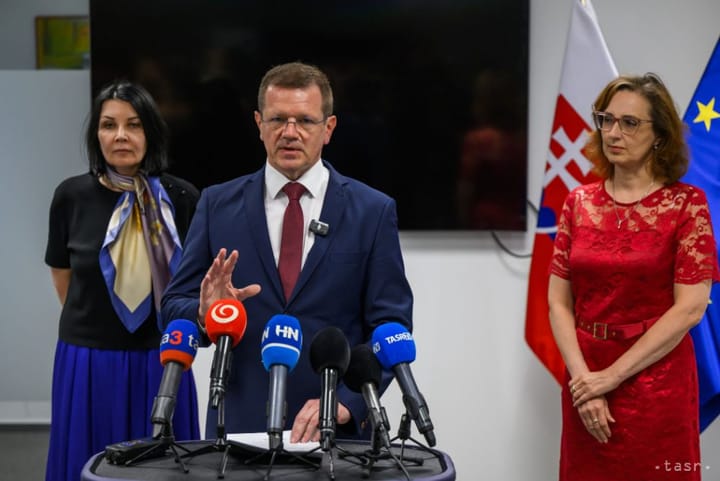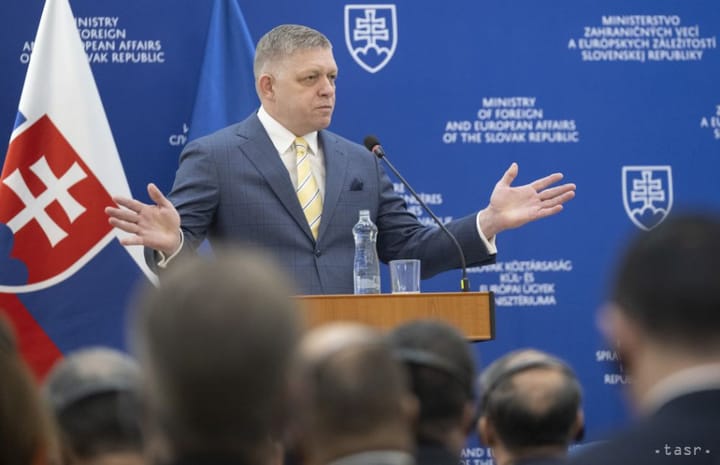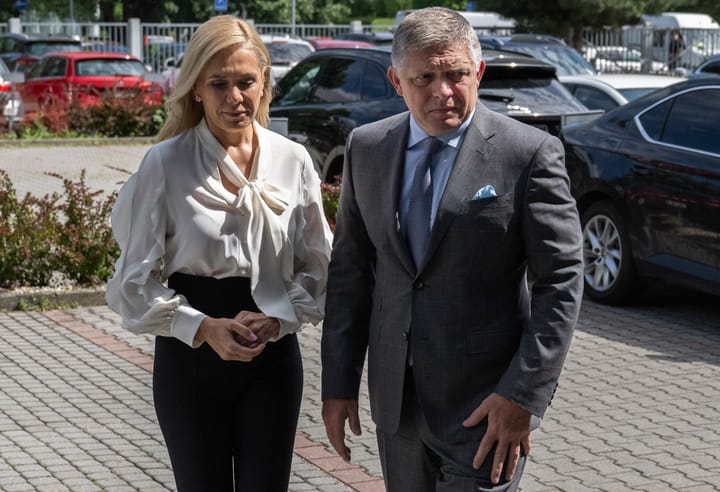Heger: Over €600 million from Recovery Plan to Go on Innovation Support

Bratislava, March 17 (TASR) – More than €600 million from the Recovery Plan will be spent on supporting innovation in Slovakia, Prime Minister Eduard Heger (OLaNO) told a news conference following the first session of the Government Council for Competitiveness and Labour Productivity on Thursday, with Economy Minister Richard Sulik (Freedom and Solidarity/SaS) and Economy Ministry State Secretary Jan Oravec in attendance.
“Innovation will be a driving force of our development, which is why we’re betting on innovation in the Recovery Plan as well, earmarking over €600 million from the plan for this purpose. We want innovators – Slovak nationals, who are successful in the world today – to help us and be successful in innovation at home as well,” said the premier.
“I very much hope that Slovakia, thanks to the work of this council, will bring in new investments and develop its business environment so that we can record development in sectors with higher added value as well. Higher added value means higher salaries for working people. It concurrently brings higher GDP and thus a stronger economy as well,” noted Heger.
According to the prime minister, Slovakia has the preconditions to be an increasingly strong engine of the global and European economy. “We can see that we are the largest car manufacturer per capita, and we have to build on that. We need to bring in innovation for that. This is also the aim of the aforementioned council – to bring in new ways and ideas for developing the economy,” stressed Heger.
“This one council will come under the Economy Ministry’s remit. We’re scrapping four other councils that have existed until now. There are four working groups, no more are expected to be formed,” added Sulik. The Government Council for Competitiveness and Labour Productivity will meet three times a year.
Sulik noted that the council has been set up based on a commitment stemming from the Government Manifesto. It is an advisory, steering and initiative-based body for promoting competitiveness and productivity and better regulation policy.
According to Oravec, the council has 23 members. “It differs from other government councils in that private-sector representatives have the most weight in it. There are ten representatives of the private sector, eight representatives of various ministries and three representatives of local self-government in the council,” said Oravec.



